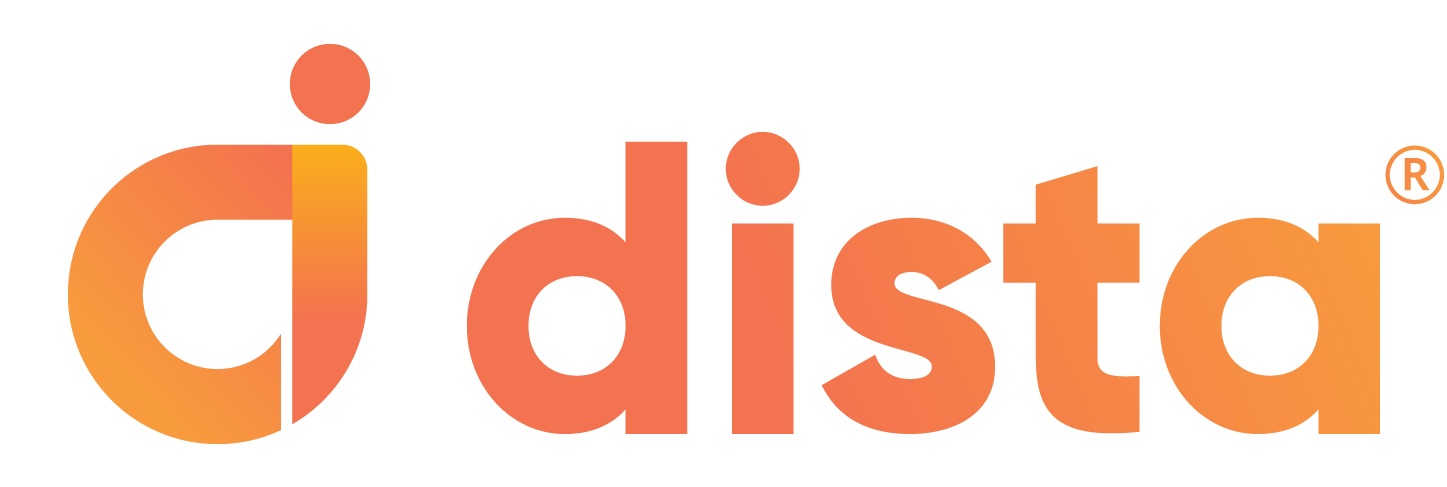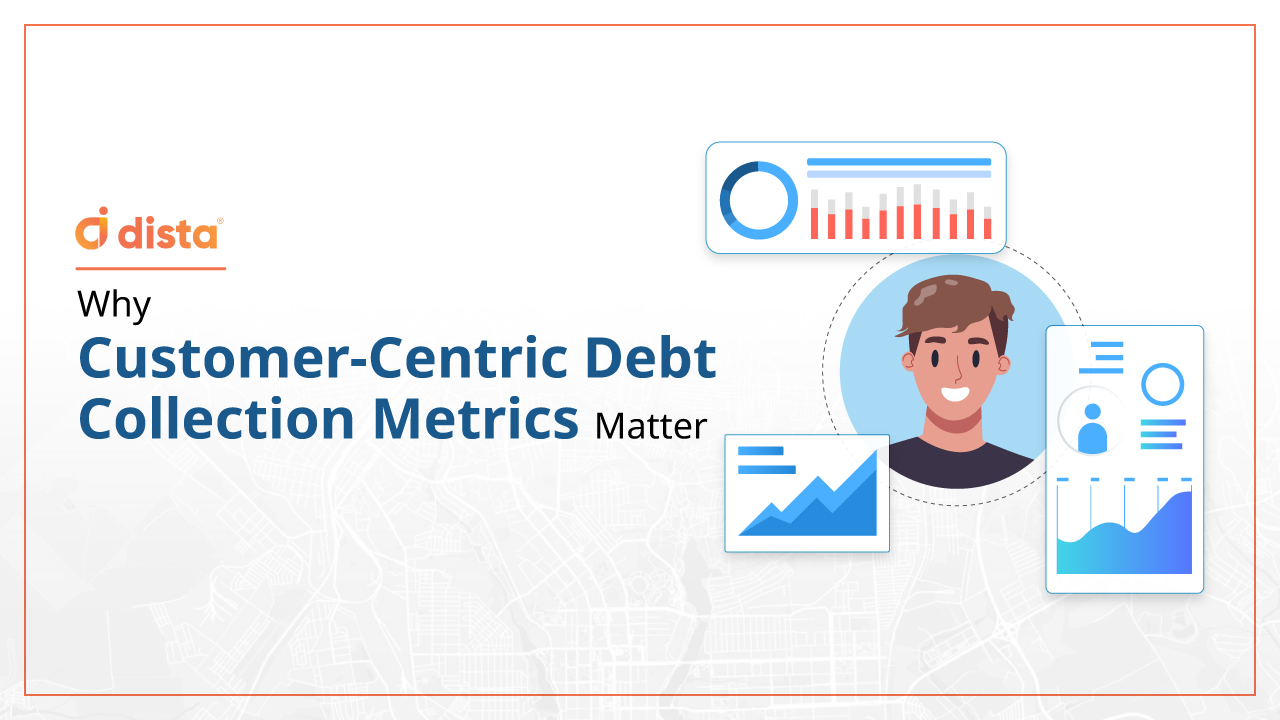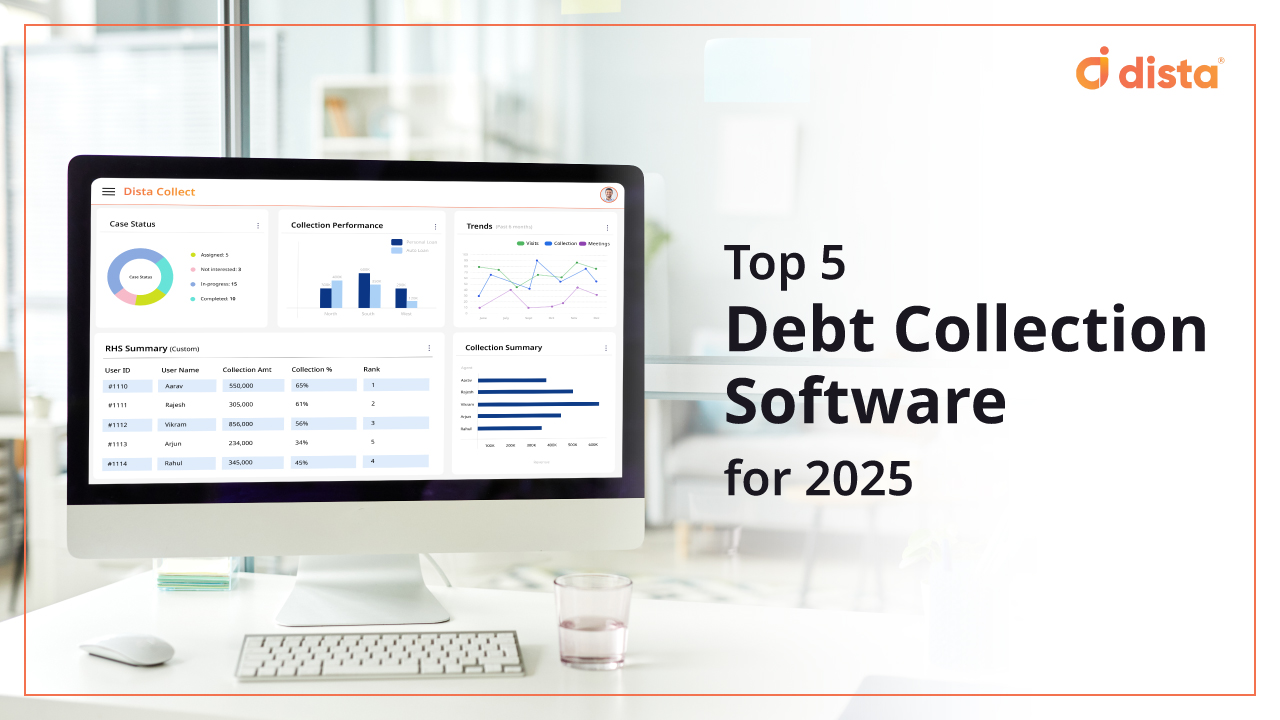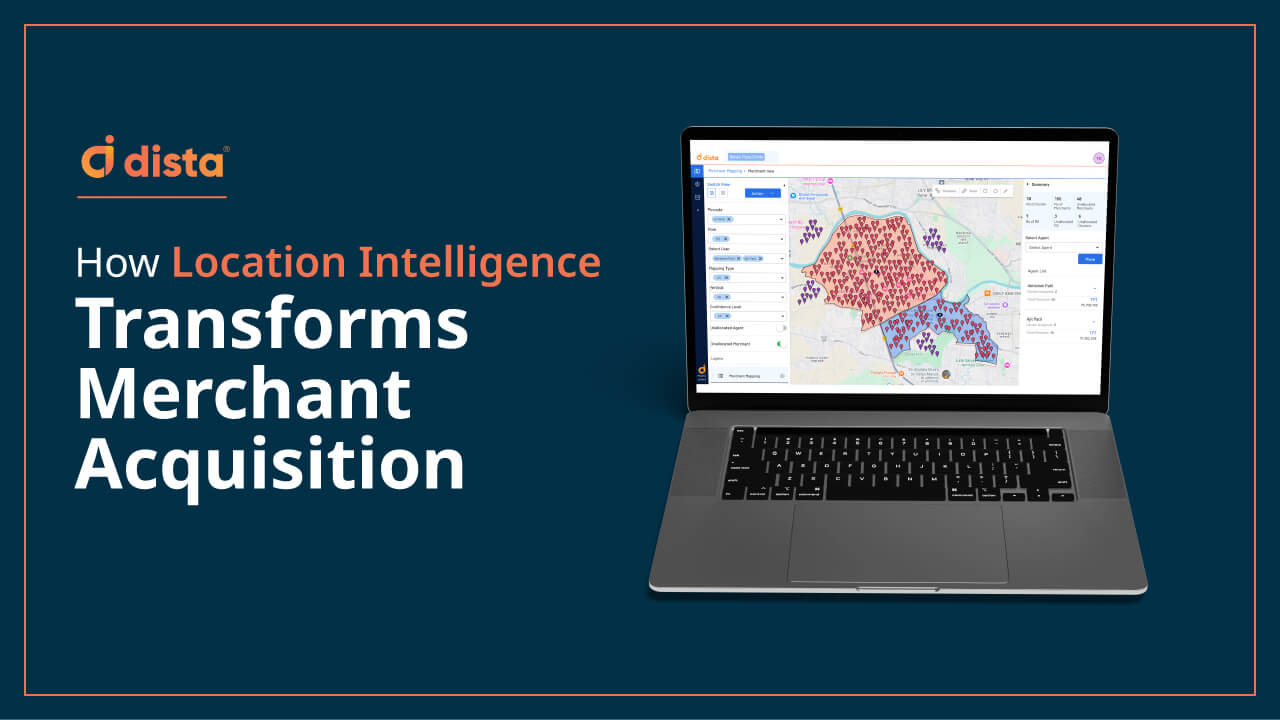The efficacy and efficiency of a debt collection platform have historically been gauged by purely operational KPIs such as case volume, Days Past Due (DPD), communication touchpoints, Promise-to-Pay (PTPs) secured, and agent utilization.
While these offer immediate visibility into collector activity, they provide limited insight into crucial dimensions such as consumer experience, true operational efficiency, and the actual cost of recovery. This narrow focus often overlooks the broader impact of collection practices, leading to hidden costs and strained borrower relationships.
An RBI directive imposed a daily penalty of ₹5,000 on financial institutions failing to return property documents within 30 days of full loan repayment. The move underscores why debt collection practices and their underlying metrics must shift to prioritize the borrower experience.
How Does Dista Collect Transform Debt Collection KPIs?
To measure success and ensure sustainable growth, collection leaders should look beyond surface-level indices to critical questions like:
- Are your borrowers genuinely satisfied with their experience?
- Are your collection operations cost-effective?
- Are your recovery efforts translating into revenue?
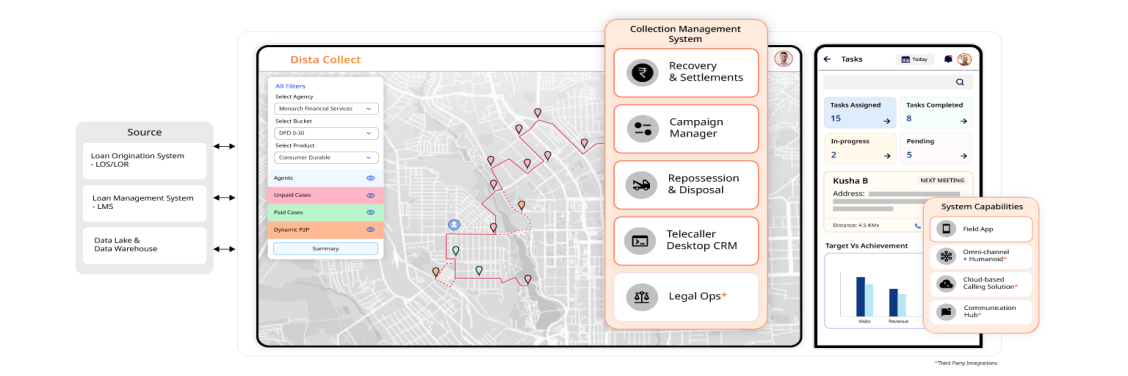
Answering these questions requires insights that can tie operational decisions to real-world context. This is where a unified platform like Dista Collect, powered by Location Intelligence (LI) and Customer 360, becomes indispensable.
1. Customer Satisfaction (CSAT) in Collections
Customer satisfaction in debt collections remains an evolving, yet increasingly vital, metric. Traditionally, it’s been assessed through:
- Post-interaction surveys (rating politeness, clarity, timeliness).
- Net Promoter Score (NPS) or direct CSAT scores.
- Tracking dispute rates, complaint volumes, and call drop-offs.
While some progressive lenders adopt these practices, many continue to rely on indirect signals, such as call completion rates or agent productivity, as proxies for customer experience; this approach proves problematic given the nuanced nature of borrower interactions.
How Dista Collect Improves CSAT
Dista Collect, strategically enhances CSAT by enabling context-aware communication flows. Every telecaller and field agent can access borrower history with a simple click to enable result-oriented and effective communication. Moreover,
- Location-based case allocation allows field visits to align precisely with customer availability, significantly reducing missed or rescheduled appointments and minimizing friction.
- Real-time tracking ensures agents arrive punctually and reduces issues with follow-up fatigue, thereby fostering trust.
By empowering agents to approach borrowers with predictability and preparedness, Dista Collect enables improved customer satisfaction and better response rates.
2. Cost to Collect
Cost to Collect (CTC) quantifies the total expenditure incurred per unit of recovered debt. This crucial metric typically encompasses:
- Field agent salaries, incentives, and commissions.
- Travel expenses (fuel, vehicle maintenance, allowances).
- Technology infrastructure costs.
- Communication expenses (calls, SMS, WhatsApp).
Critically, in many institutions, these costs are tracked disparately by HR, operations, and finance departments. This fragmentation makes it challenging to ascertain the true cost associated with each recovery effort, hindering effective financial oversight.
How Dista Collect Optimizes Cost to Collect
Dista Collect, with location intelligence introduces unprecedented visibility and control to the CTC equation through three key functionalities:
- Route Optimization: Dista Collect ensures that cases are intelligently assigned to agents based on the shortest route and regional density of customers. This strategic allocation maximizes the number of daily visits possible, without increasing effort or operational cost.

- Dynamic Case Allocation: Dista Collect allocates leads based on the SPACE framework. This framework precisely matches agents to cases based on skill. proximity, availability, current workload, and specific agent experience, eliminating redundant travel and boosting on-ground productivity.
- Live Field Tracking: Real-time visibility into agent movement helps prevent time loss by allowing supervisors to identify delays or deviations from planned routes as they happen. This immediate insight enables dynamic reallocation of uncompleted cases, ensuring that no opportunity is missed and that operations continue to flow smoothly without interruption.
For instance, the adoption of Dista platform has consistently demonstrated substantial efficiencies, with one leading NBFC achieving a 230% increase in visits per day.
By minimizing time and distance inefficiencies, location-first collections build leaner, more predictable field operations, directly driving down operational overheads and enhancing profitability.
3. Recovery Rate
Recovery rate stands as one of the most direct and impactful success metrics in debt collections. It is typically expressed as:
Recovery Rate = Total Amount Due / Amount Recovered×100
This metric directly reflects the effectiveness of collection efforts. However, its outcome is influenced by a multitude of factors such as borrower risk profile, loan aging, collector experience, and regional repayment behaviors.
How Dista Collect Improves Recovery Rates
Dista Collect plays a pivotal role in elevating recovery rates by ensuring:
- Timely Reach: Cases are assigned to the nearest available agents who can visit the borrower within the critical repayment window, maximizing the likelihood of early resolution.
- Behavioral Mapping: Leveraging historical data and AI, borrowers who have previously responded favorably to in-person interactions are prioritized for field visits within optimized geographic clusters, tailoring the approach for higher success.
By enabling lenders to design data-driven visit plans and utilize geographic heatmaps of repayment likelihood, location intelligence effectively converts mere activity into quantifiable recovery results.
For example, Dista’s integration of proximity-based allocation and intelligent daily route planning has been shown to reduce the number of days required to complete the first customer visit by up to 72%, directly correlating with an improved likelihood of early repayment.
Why Collection Metrics Need to be More Customer-Focussed
Shifting focus to Customer Satisfaction, Cost to Collect, and Recovery Rate is a fundamental reorientation of what constitutes success in modern debt recovery.
These three collection metrics collectively:
- Align collections teams with contemporary borrower expectations and regulatory mandates.
- Help uncover deep-seated operational inefficiencies that traditional dashboards often overlook.
- Offer clear Return on Investment (ROI) insights when scaling outreach initiatives or deploying new technologies.
Dista Collect is a location-first unified debt collections CRM that seamlessly integrates AI-driven case allocation, comprehensive field visibility, and sophisticated campaign orchestration. It empowers lenders to boost recovery outcomes while simultaneously driving down operational costs, whether managing early-stage delinquencies or complex deep-bucket recoveries. Dista Collect ensures you track what truly matters.
Curious to see how location intelligence can reshape your collection performance indicators?
Connect with our team to explore a tailored demo.
